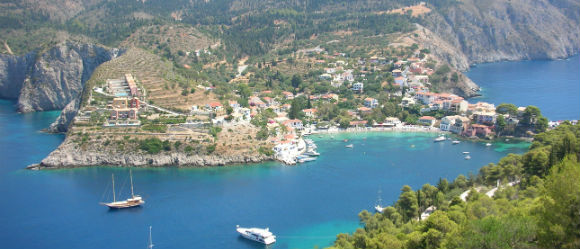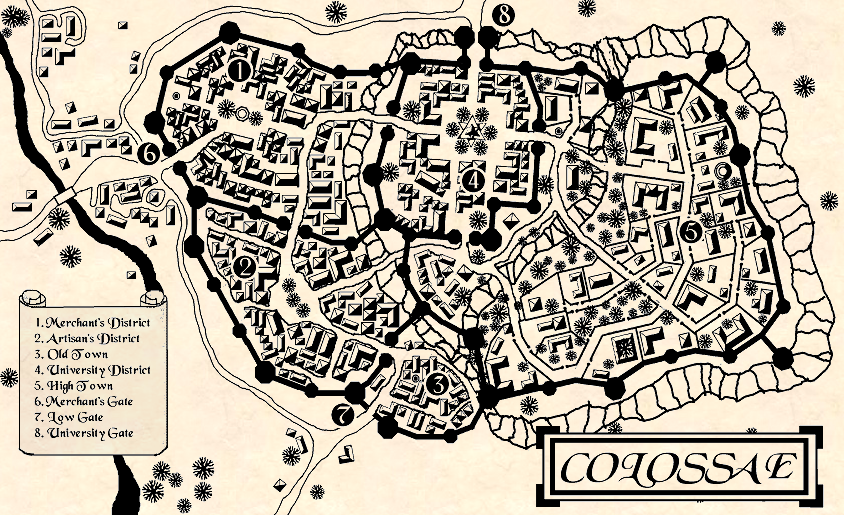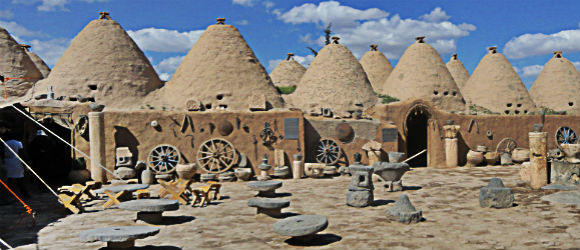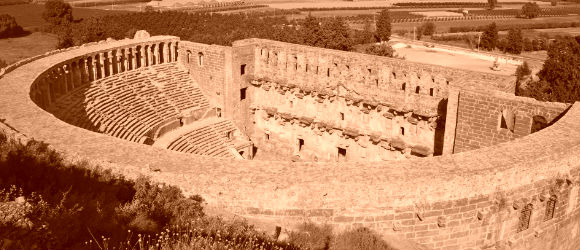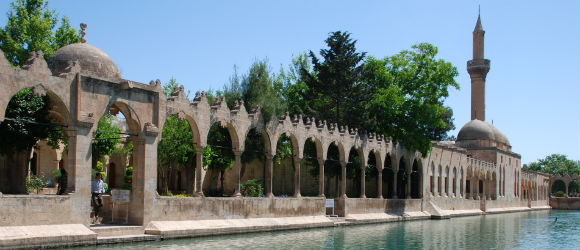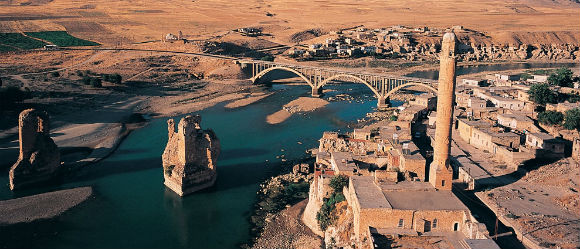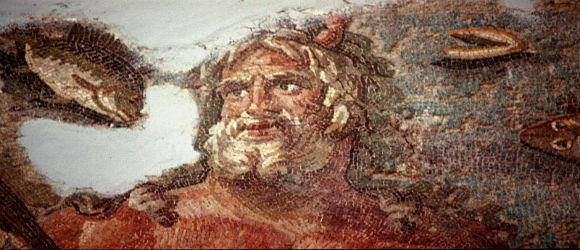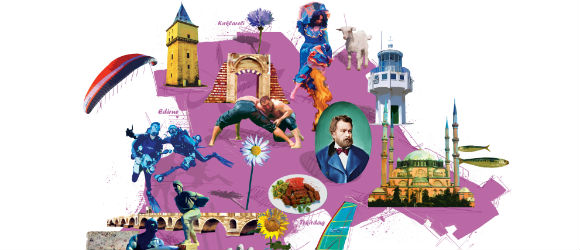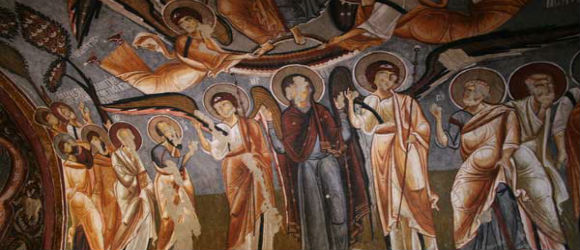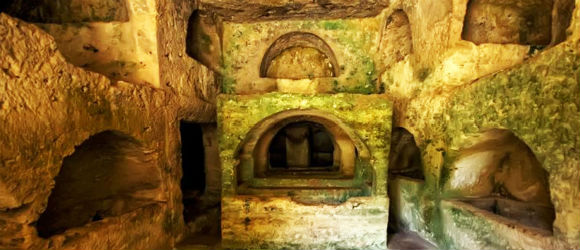VN:F [1.9.22_1171]
Rating: 5.0/5 (9883 votes cast)
Introducing Turkey
Turkey with huge swath of land situated between two continents, Asia and Europe, has one of the world’s best cities and is famous for its unique and magnificent scenery from white-sand beaches to soaring mountains.
Its history has encompassed several thousands years of human evolution and civilization. The accomplishments and influences of people who had resided in the land can be seen all over the country such as the ruins on Meditterarean beaches left by the mysterious Lycians, whirling dervishes gyrated with Sufi mysticism, Ani’s churches on the Anatolian steppe built medieval Armenians, and the Curetes Way at Ephesus. Byzantine Christians cut cave churches into Cappadocia’s fairy chimneys and hid in underground cities from Islamic armies. During Ottoman Empire, the Sultans luxuriated in İstanbul Topkapı Palace surrounded by fawning courtiers, harem members, eunuchs and the riches from an empire stretching from Budapest to Baghdad.
Hence, Turkish culture is the mixture of the East and the West and yet posseses its own characters.
Landscapes & Activities
The most surprising impression that every first-time visitor has about Turkey , other than its stereotypes of kebaps, carpets and moustachioed hustlers in the bazaars, is the vast diversities found between the west coast and the east regions. Evening entertainments such as night clubs as well as cruising through markets are common in westernized metroplises such Istanbul and Izmir. In Cappadocia and the southwestern coasts outdoor sports and water sports are enjoyable and most popular, just as is the meze-savouring fun time on a panoramic terrace. Then there are the less-frequented eastern quarters, where honey-coloured outposts overlook the plains of ancient Mesopotamia, and weather-beaten relics add lashings of lyricism to mountain ranges. It’s hardly surprising Turkey has attracted so many folk over the centuries. Come and discover their legacy for yourself.
VN:F [1.9.22_1171]
Rating: +9921 (from 9921 votes)
Assos also known as Behramkale, is a small historically rich town in the Ayvacık district of the Çanakkale Province, Turkey. After leaving the Platonic Academy in Athens, Aristotle (joined by Xenocrates) went to Assos, where he was welcomed by King Hermias, and opened an Academy in this […]
Read more →
Colossae has very few archeological remains uncovered and the place is not often visited. About forty-five years ago one of the authors and Miss Olive Greene tried to find the site with the aid of the only guidebook to the area in existence then, A Handbook for […]
Read more →
Harran, a place of wisdom where time stands still… The subsoil of this desert-yellow earth is even richer than what is on the surface in this ancient city, for splendor at Harran goes back centuries. But vestiges of the past, hints of grandeur whispered by the stone, […]
Read more →
Aspendos was an ancient Greco-Roman city in Antalya province of Turkey. It is located 7 kilometres (4.3 mi) northeast of central Serik. Aspendos was an ancient city in Pamphylia, Asia Minor, located about 40 km east of the modern city of Antalya, Turkey. It was situated on […]
Read more →
The city of Urfa (Sanli Urfa), dates back to the second millennium B.C. when it may have been the capital of a Human state. It has been known variously as Orrhoé, Orhai, and Osrhoene. One of the early Christian communities developed here. Their language was not Greek […]
Read more →
By Apollo on September 2, 1999 /
Ancient Cities of Turkey, Biblical Sites in Turkey /
3 Comments
Tags:
-ētos,
-ητος,
Deqlaṯ,
Fırat,
Furāt,
hē Tígrēs,
Idiqlat,
samsat,
Tigrā,
פרת: Prat,
لفرات
Both the Tigris and the Euphrates Rivers rise in central Turkey. The Euphrates has recently been dammed at Keban to provide hydroelectric power for Anatolia. The upper Euphrates consists of two main branches, the more northerly Karasu and the Murat which is longer and carries more water. […]
Read more →
The Antakya Archaeology Museum is the archaeology museum of Hatay Province, Turkey. It is known for its extensive collection of Roman and Byzantine Era mosaics. The museum is located in Antakya, the main city of Hatay. Construction of the museum started in 1934 on the recommendation of […]
Read more →
At the time that Thrace was a Roman province it comprised the land north of the Dardanelles, the Sea of Marmara, and the Bosphorus to the Balkan Mountains and the Nestus River. All of what is presently European Turkey was then Thrace; it also included southern Bulgaria […]
Read more →
Neither the New English Bible nor the Revised Standard Version includes the reference to Trogillium in Paul’s journey from Assus to Miletus. It is, however, in the King James Version in Acts 20:15. Trogillium Is on the cape where the Turkish mainland comes within a kilometer of […]
Read more →
The seaport of Antioch in Roman times was at Seleucia. This town was one of many cities founded by and named for Seleucus Nicator. It was located at the mouth of the Orontes River on rocks which form a cliff above the Mediterranean at the foot of […]
Read more →
